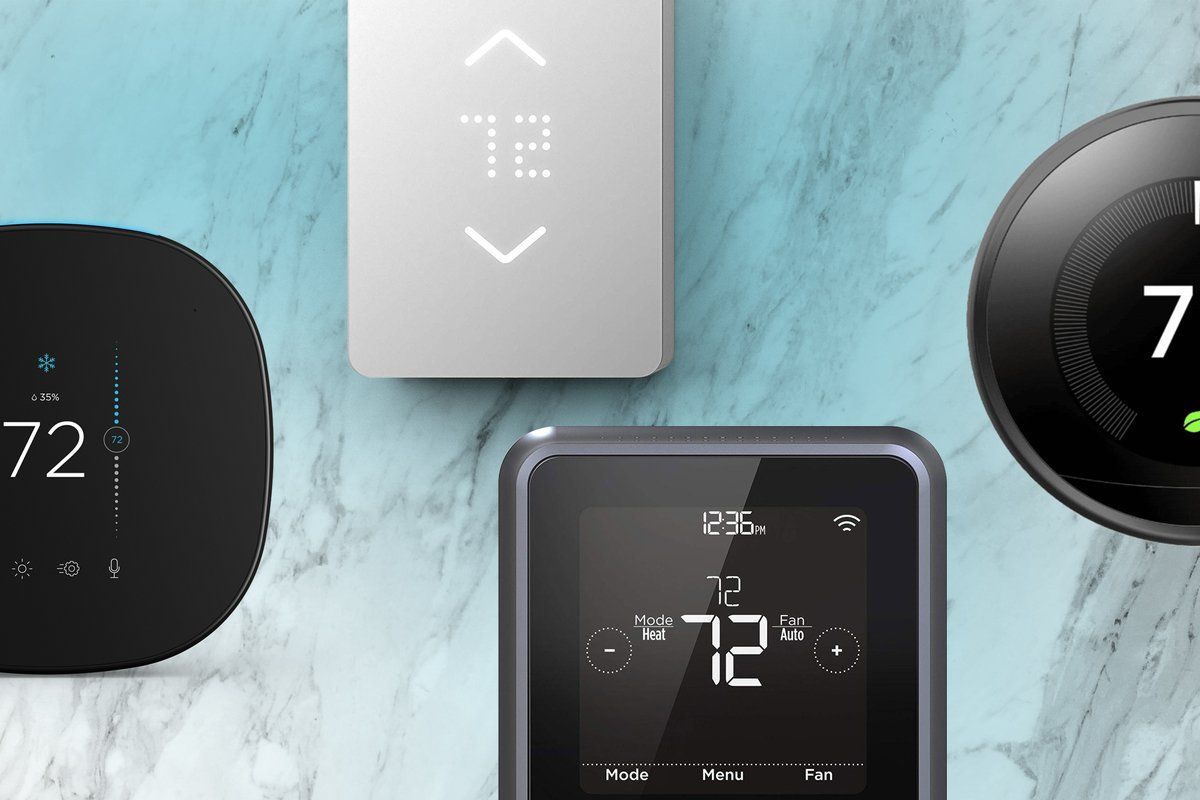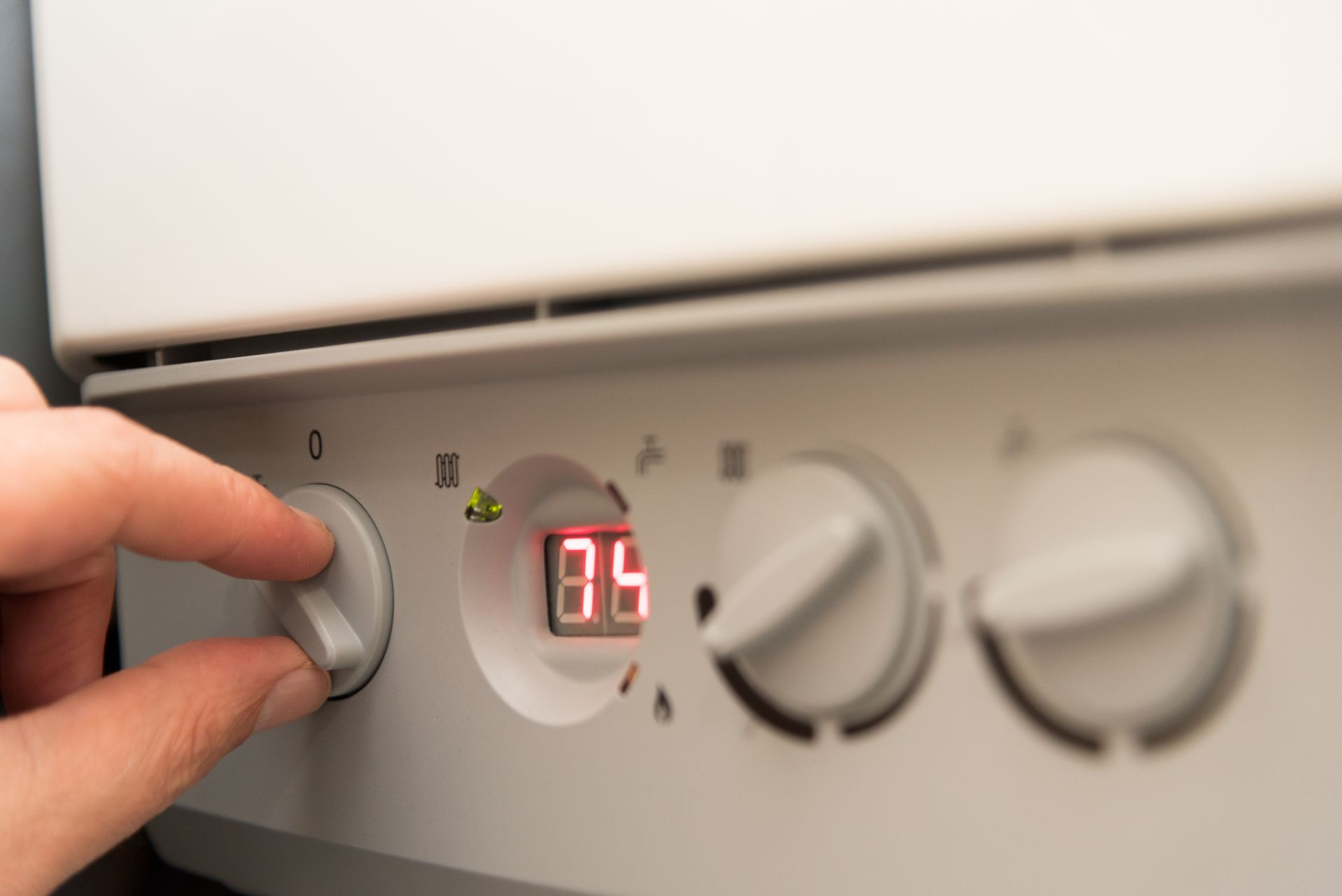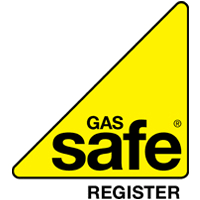Identifying carbon monoxide in your home
December 18, 2019

There are two ways in which gas appliances can cause a major problem in your home:
Natural gas leaks –
when either the mains gas supply to an appliance is compromised, or the appliance itself develops a leak
Carbon monoxide poisoning –
usually caused by incorrectly installed, poorly maintained, poorly ventilated or faulty appliances
What is carbon monoxide?
Carbon monoxide is a waste product that is produced when fuel burns incompletely due to a fault in the appliance, and can build up in the home due to insufficient ventilation.
Carbon Monoxide is sometimes known as “the Silent Killer”, because it is very hard to identify, with many of the symptoms such as headaches and tiredness simply being written off as normal – and make no mistake, carbon monoxide (CO) can kill.
Symptoms of carbon monoxide poisoning
People and pets can become seriously unwell due to exposure to carbon monoxide. Look out for the following signs and get help ASAP if you notice:
- Shortness of breath
- Feeling dizzy, tired, lightheaded or drowsy
- Flu-like symptoms
- Migraines or headaches
- Sore eyes and/or throat,
- Feeling depressed
- Nausea
- Nosebleeds
- Chest pain
- Reduced appetite
- Tinnitus
Keep an eye on pets too for the above symptoms, especially if they faint or become unconscious, and call us immediately if you think you may have a problem with carbon monoxide in your home.
How can I prevent carbon monoxide poisoning?
- Carbon monoxide detectors are readily available and should detect a buildup of CO before it becomes dangerous. We can advise you on these, and fit them for you too
- Appliances must be regularly maintained and serviced -faulty appliances are the single biggest cause of carbon monoxide in homes
- Ensure that your appliances are checked by a Gas Safe Registered engineer – when your health, or even your life is on the line, it’s no time to cut corners!
- Ensure appliances are properly ventilated. Blocked flues and vents are a common cause of CO buildup in the home.
- Call Pro Gas Services today on 01482 792705 and arrange an appointment to have your gas appliances professionally checked!
You might also like
Pro-Gas Hull - Blog

So what IS a smart thermostat? You probably remember the catchy jingle from the Hive adverts when they launched a few years ago, and they do pretty much what they say on the tin. Connecting to the boiler in the first instance, the thermostat tells the boiler when to turn on the central heating, at what temperature and how long for. Smart thermostats then use the internet to sync to a website or mobile app so that the heating can be managed from anywhere with an internet connection. Most providers also give the user access to information which can help them to save money by showing trends and suggesting smarter ways to use your heating. Are they expensive? Depending on the brand and capabilities the price can vary quite a lot. However, a smart thermostat can be bought for around £150-£300, a cost which you should be able to save from your energy bills through the coming months or year. Should I buy one? The biggest perk of a smart thermostat is using it away from the home. If you’re looking for a way to track your energy uses there are more cost effective devices for this, so if you’re home most of the time it’s likely an unnecessary investment. The main sell is that you can turn the heating off from the airport if you forget to before leaving for a holiday. You can also turn it back on as you set up to come home to ensure the house is warm for you when you walk in. The same goes for impromptu overnight stays with friends or family or even if you’re leaving work later or earlier than expected. Having this control does and has saved thousands of happy customers a lot of money. Which smart thermostat is best? There really isn’t a fix all answer for this one. If you need help picking the right device give our team a call, once we know what you want to achieve and your budget we can put together a free, no-obligation quote to solve your problems. There are four market leaders though which generally are the ones most worth working with. They are well developed and tried and tested with good warranty and support options. Google’s smart thermostat, the Nest Learning Thermostat, and tado both have artificial intelligence to enable them to make decisions for you based on your behaviour. It monitors your heating settings in the beginning then maintains them for you going forward whilst giving of course an override option. British Gas’ Hive and ScottishPower Connect are more about user control, whilst giving a large array of data to their users to help them make smart decisions, they take the passenger seat and require full user management. These devices suit a more sporadic and spontaneous lifestyle better than the former. Will I definitely save money? If you take the time to manage the device properly then chances are the answer is yes. According to tado, its smart thermostats will help customers save an average of 31% on their heating costs – about £200 a year. ScottishPower on the other hand, claim that they could save you around £337 a year if you spend about around £200 a month on your heating. Ok, I’m sold! ...What now? Give the Pro-Gas team a call so we can talk to you about your options and take you through the next steps!






